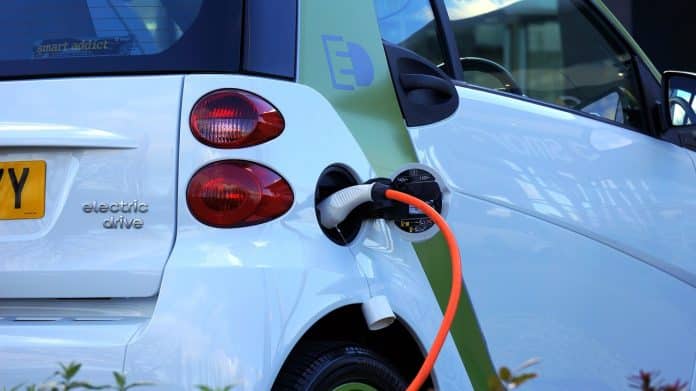I have been wanting to do a story on electric vehicle (EV) usage compared to the standard internal combustion (gasoline) cars, so here we go. By the way, this is by no means going to be a quality data-driven report (that one may want or need to see before buying an EV for the first time). My intention for this story was to (honestly) vilify the electric car industry (purely from a choice bias). To say that it was an eye-opening (and educational) experience is, well, an understatement! The videos I have seen (on Youtube) varied from those EV owners that charge their cars at home to one hard-core Hummer owner that sat in his vehicle for over 2 1/4 hours at a pay-to-charge station in the middle of the night and in the near freezing temperatures of Denver, Colorado!
As I had alluded to earlier, my “bend” on this story was to show how much effort it takes to safely and effectively own, drive, and recharge a typical EV, compared to the regular gas-burning vehicle scenario. The statistical differences between the two types of vehicles are eye-opening. I first tried to concentrate on the dangers and weak points of the actual batteries in the EVs and found that (statistically) the gas-powered vehicles were more prone to catch fire than the batteries. The downside to an incident (where there is a fire) is that it takes 5 to 10 times the amount of water needed to put out the flames, as compared to the gas car fire.
Another avenue to be explored would be the life expectancy of these vehicles. Most EV warranties cover cars between 100,000 kilometers to 150,000 kilometers. This roughly equates to between 62,000 to 93,000 (plus) miles. Most of our gas-burning vehicles are warranted for much more than that, and with a good maintenance insurance policy, you can get 250,000 miles out of it. And if you are in good standing with a person that is good with car motors (and other systems), a car can now go as many as 1,000,000 miles! (But now I am thinking about diesel-powered cars and trucks).
Once your battery system in an EV starts to lose its charge retention, I just don’t think that there is a good option for the consumer to remedy the situation. I have solar power (a small fraction) to cut down on my “carbon footprint” at home and can tell you that it takes some extra learning to be able to maintain this setup, and new owners of an EV will need to learn about kilowatt hour “spending” in not only differing terrain but extreme hot and cold vehicle use (and charging) as well. And if you think that there are big differences in what most gas stations charge for petrol, wait until you see the price swings between differing EV charging stations. Once you get to one of those stations, you may need to wait for an extended period of time just to be able to pull up to the charger.
Now, I am going to hit you all with another scenario that many will consider is out in “left field.” I call it the “never say never” scenario! While we have it good in this country at this point in time, things could get ugly, and it could happen literally overnight. We saw how Texas was hit with mass power outages a few winters ago, and if you owned an EV, you may have been on the receiving end of the misery that was experienced. If we are in the monsoon season, we try to have a reserve supply of gas cans (just in case). Running emergency “FEMA” fuel for nearly a decade showed me how people can be affected when the flow of gas (and diesel) are interrupted. I consider it easier to be able to prepare for a scenario of low fuel supply than if I needed to do a critical commute (such as many first responders had to endure) relying on battery power. And then there is the off chance that a large solar flare-up could disrupt the power grid for days, weeks (or even longer). Although the odds of an event such as this are extremely low, this scenario CANNOT be discounted!
On the topic of solar charging, if you had the funds for both an EV and were able to have solar panels put on your home, you would be able to power your car up that way (even if your community had no power). I guess if we had the money to spend on a second vehicle (because I would never buy an EV as our sole mode of transport), then it might happen. I would say to those that follow my stories that if you are thinking about investing in one of these products, DO YOUR HOMEWORK before you shop! It may be one of your best purchase experiences, or it could leave you in a bad place (quite literally)! I hope that this story is of help to someone. Y’all be blessed, and have a good week!

